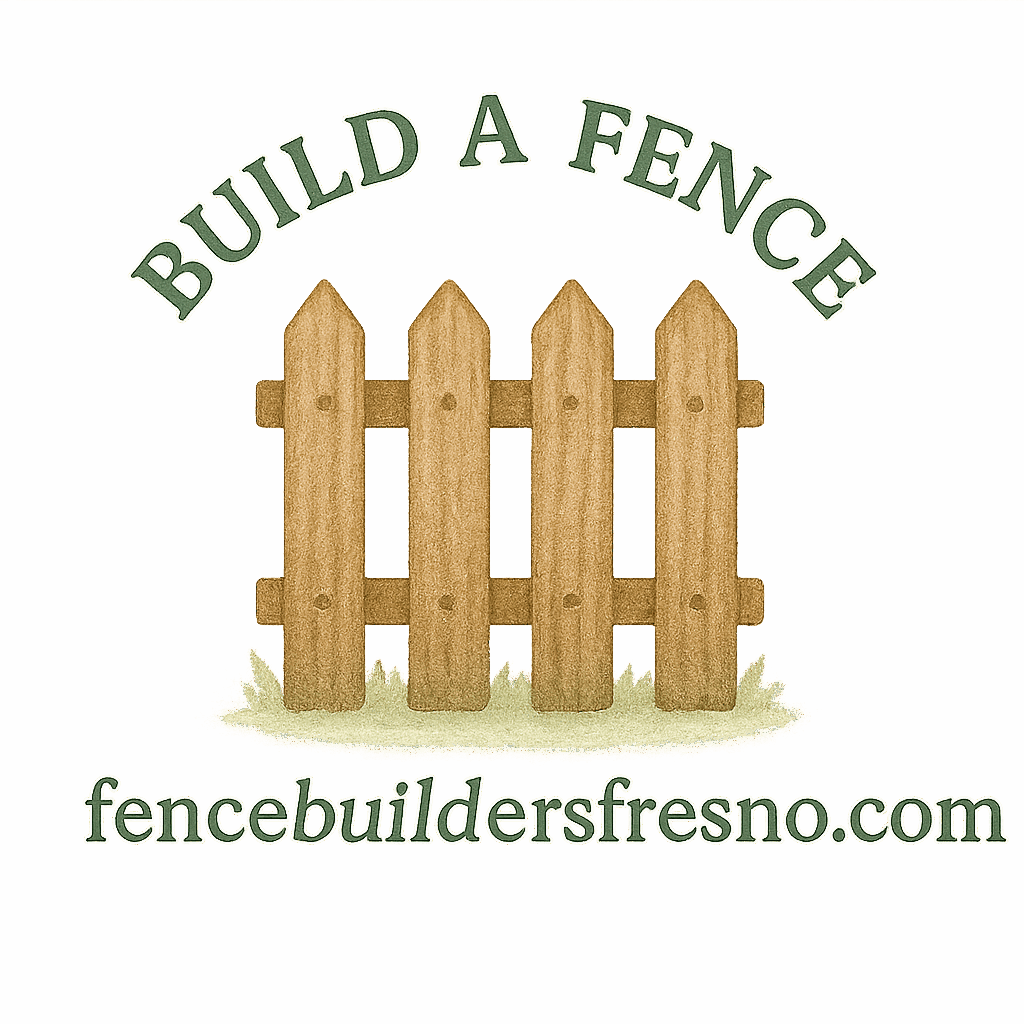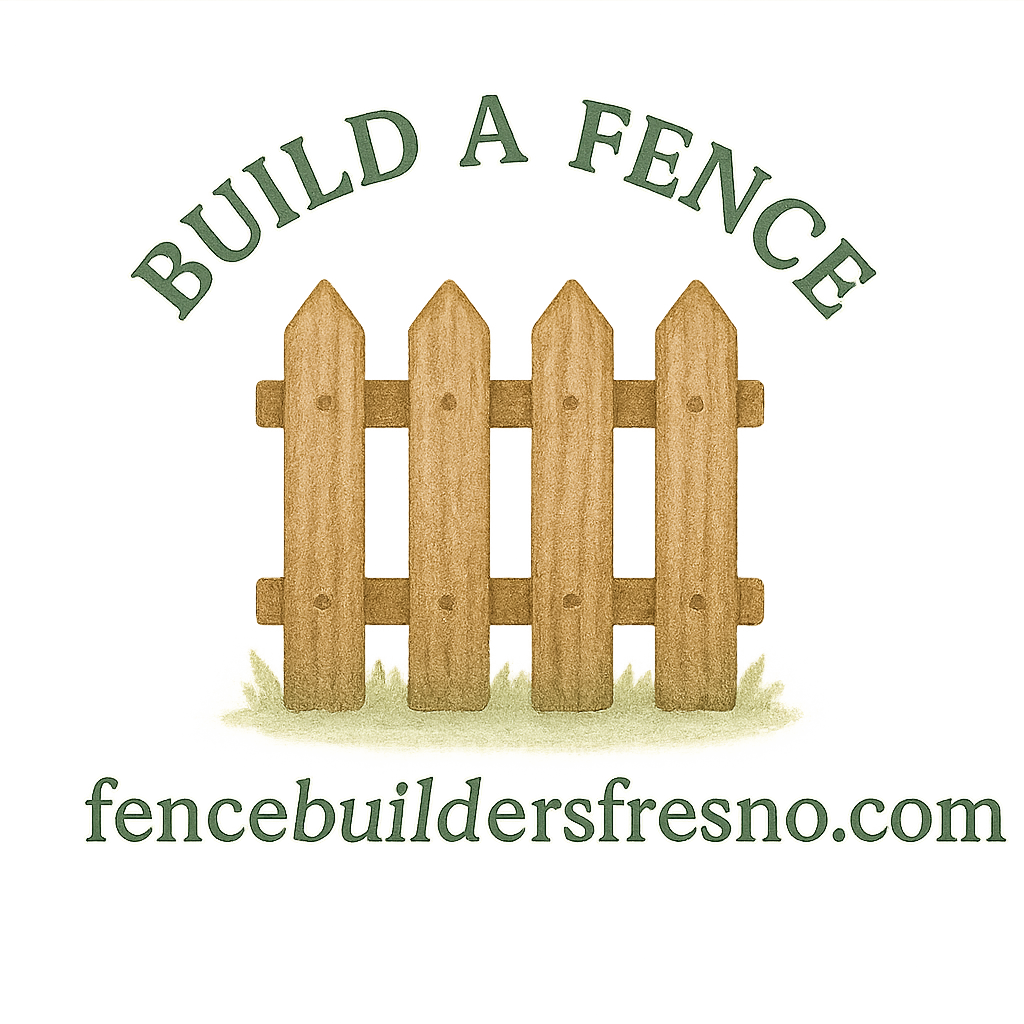Introduction
So, you’ve finished your DIY fencing planning and installed a beautiful barrier around your yard. It feels great, right? But here’s the truth—no fence, no matter how perfectly built, stays flawless forever. Weather, shifting soil, pets, or daily wear can cause problems.
The good news? You don’t need to call a professional every time something goes wrong. With the right tools and a little guidance, you can handle many issues yourself. In this guide, we’ll walk through six repairs you can do yourself after DIY fencing planning, plus maintenance tips to keep your fence in top shape.
Why DIY Fence Repairs Save Time and Money
Hiring contractors for small issues like a loose post or cracked board can be costly. Often, the fence repair itself is simple—it’s the labor that adds up. By learning these repairs, you keep cash in your pocket and extend your fence’s lifespan.
Want to brush up on fence basics before repairing? Check out our guide on fence building basics.
Tools and Materials Every DIY Fence Owner Should Have
Having the right equipment makes every repair smoother.
Essential Hand Tools
- Hammer or mallet
- Screwdrivers
- Pliers and wrench
- Handsaw or circular saw
- Post-hole digger
Safety Gear
- Gloves
- Safety glasses
- Dust mask
Replacement Materials
- Extra boards or panels (wood, vinyl, or metal)
- Screws, nails, or brackets
- Gravel or quick-set concrete
- Wood stain or rust-resistant paint
For more guidance on choosing the right materials, check out our comparison of fence types.
Repair #1: Fixing Loose Fence Posts
Causes of Loose Fence Posts
Fence posts often loosen due to soil erosion, poor drainage, or improper installation. Without strong posts, the entire fence loses stability.
Learn how proper fence design and planning prevents this issue from the start.
Step-by-Step Guide to Reinforcing Posts
Concrete Base Method
- Dig around the base of the post.
- Straighten using a level.
- Pour quick-set concrete around the post.
- Hold steady until cured.
Gravel and Soil Packing Method
- Remove soft soil.
- Add layers of gravel for drainage.
- Backfill with tightly packed soil.
Repair #2: Replacing Damaged Fence Boards or Panels
Identifying Rot and Damage
Wooden fences often rot or warp, while vinyl can crack and metal can dent.

How to Replace Wooden Boards
- Remove nails or screws.
- Cut a replacement board.
- Secure with screws or nails.
- Seal with paint or stain.
Want long-term protection? See our guide on wood fence care.
Repairing Vinyl or Metal Panels
- Vinyl: Snap in replacements or patch cracks with PVC glue.
- Metal: Sand dents, repaint, or replace panels.
For low-maintenance options, explore our section on vinyl fencing.
Repair #3: Straightening Leaning Fences
Common Reasons for Leaning Fences
- Shifting soil
- Weak posts
- Poor drainage
How to Realign and Reinforce
- Push fence upright.
- Replace or brace weak posts.
- Repack soil or concrete.
If your fence leans due to property boundaries, read our guide on legal property considerations.
Repair #4: Fixing Sagging Gates
Causes of Sagging Gates
Heavy daily use causes hinges to loosen and frames to warp.
Step-by-Step Gate Repair
Replacing Hinges
- Swap old hinges for heavy-duty ones.
- Align carefully.
Adding Gate Braces
- Install a diagonal brace.
- Secure with screws.
Check our advice on front yard fence design for sturdy gate planning.
Repair #5: Addressing Rust and Corrosion
Spotting Early Rust
Rust starts as small orange spots—treat them fast before they spread.
Cleaning and Protecting Metal Fences
Sanding and Painting
- Scrub with a wire brush.
- Sand smooth.
- Apply primer and rust-resistant paint.
Applying Rust Inhibitors
- Spray protective coatings annually.
For long-term care, see our guide on fence maintenance and repair.
Repair #6: Repairing Fence Caps and Decorative Elements
Why Caps and Decorative Features Matter
Caps protect posts from rot and add visual appeal. Decorative touches make fences unique but need upkeep.
Simple Fixes for Loose or Broken Caps
- Reattach with screws or adhesive.
- Replace cracked ones.
Reattaching Decorative Fence Pieces
- Use exterior-grade screws.
- Apply PVC glue for vinyl.
Browse our inspiration for decorative fences.
Preventive Maintenance Tips for Long-Lasting Fences
Seasonal Inspections
Check after storms for cracks, rot, or leaning posts.
Cleaning Techniques for Different Fence Types
- Wood: Gentle power wash + sealant.
- Vinyl: Soap and water.
- Metal: Rinse + repaint rust-prone areas.
Quick Fixes Before They Become Costly
Tighten screws, seal cracks, and stain exposed wood yearly.
For more ideas, see our fence upkeep tips.
When to Call a Professional Fence Builder
Structural Damage Beyond DIY
If multiple posts are rotten or sections collapse, hire experts.
Legal and Property Line Issues
Disputes with neighbors? See our section on property lines and rights.
Sometimes, it’s safer (and legally smarter) to get professional help for fence installation.
Conclusion
Your fence is more than just a boundary—it’s a shield for privacy, security, and curb appeal. By learning these six DIY fence repairs, you can handle the most common issues without expensive services. Keep your fence upright, strong, and beautiful with routine maintenance, and call the pros only when absolutely necessary.
FAQs
1. How often should I inspect my fence?
At least twice a year and after storms.
2. Can I repair vinyl fences like wood fences?
Not exactly—vinyl usually requires replacement panels or glue.
3. When should I replace a fence post instead of repairing it?
If it’s rotted at the base or cracked, replacement is best.
4. What’s the cheapest fix for a leaning fence?
Repacking with gravel and soil is affordable, but concrete lasts longer.
5. How can I stop rust from returning?
Regular painting and applying rust inhibitors.
6. Do fence caps really make a difference?
Yes, they protect posts from water damage and rot.
7. When is it better to hire a professional?
If the damage is structural, or if the issue involves legal fencing disputes.


